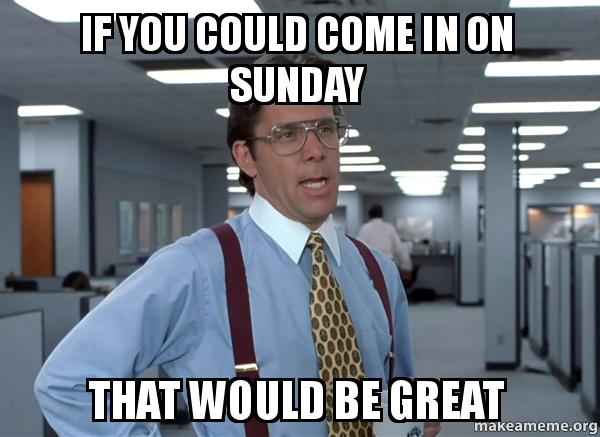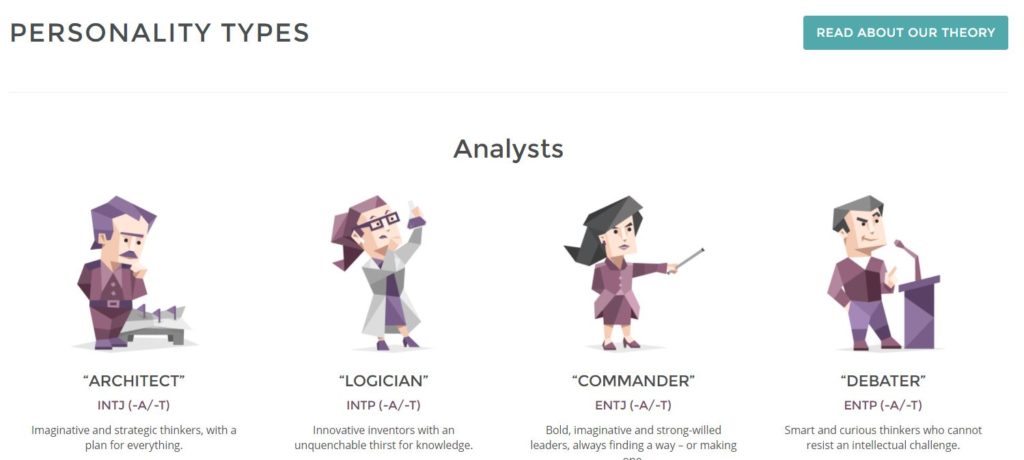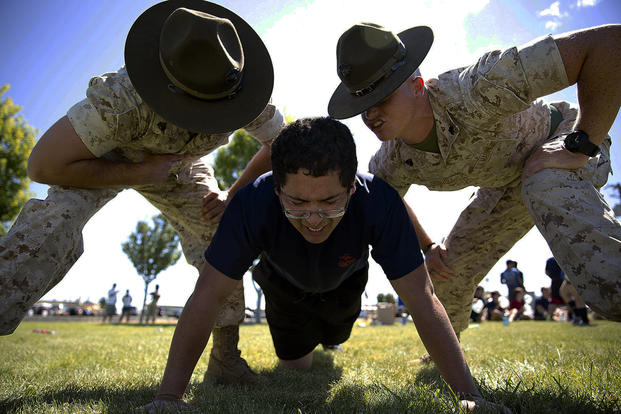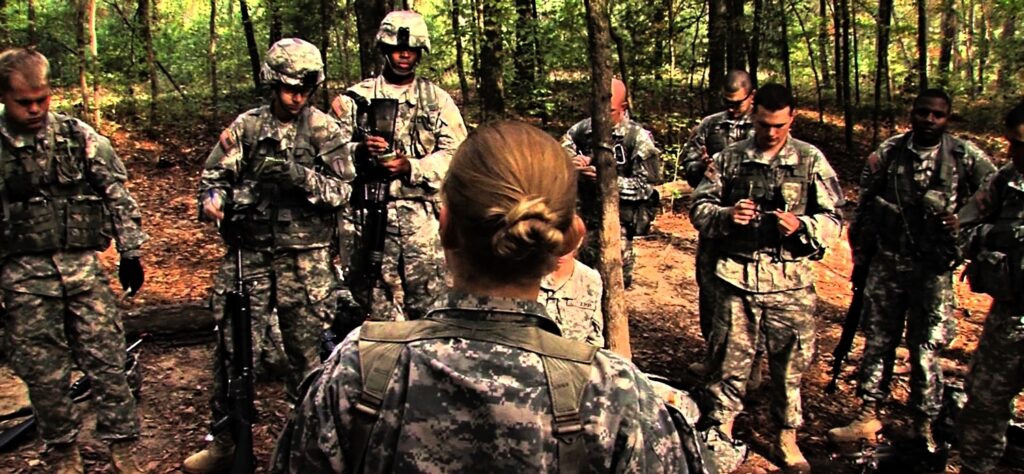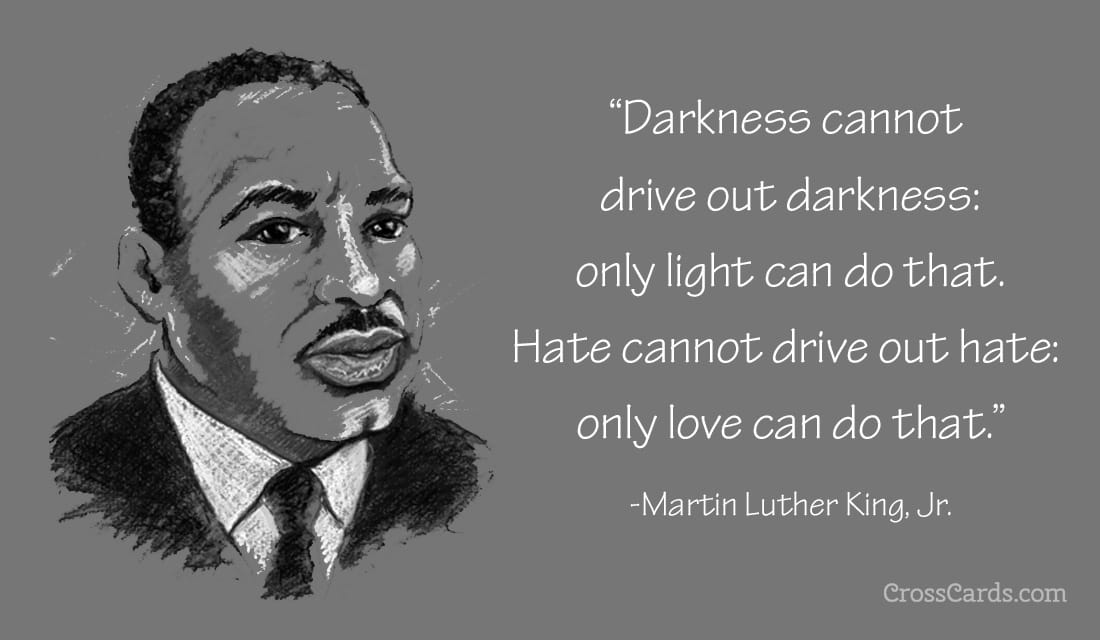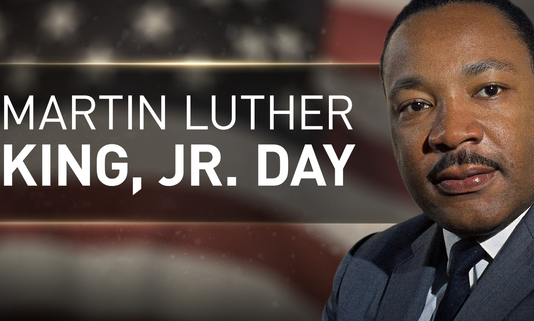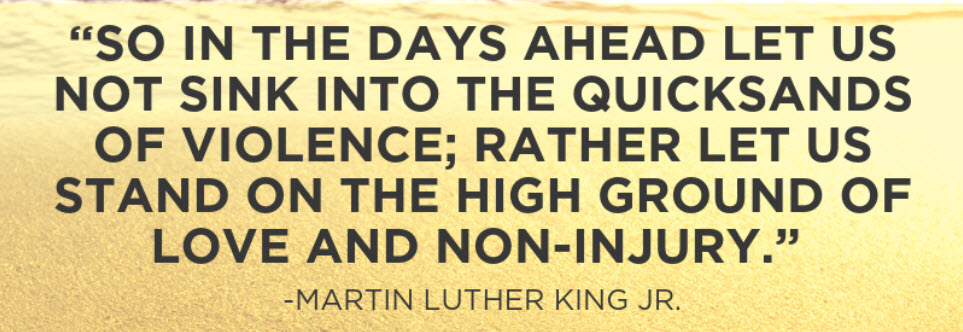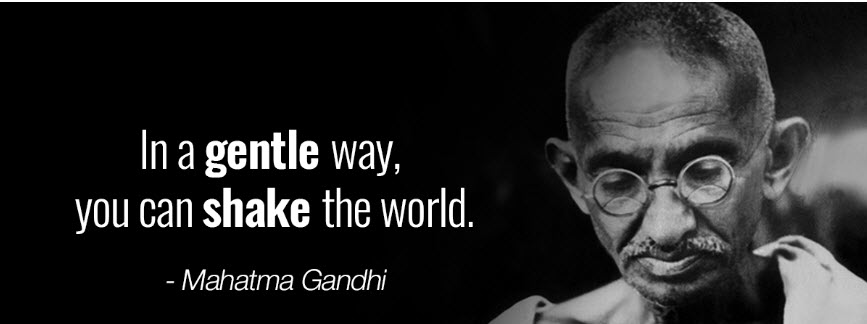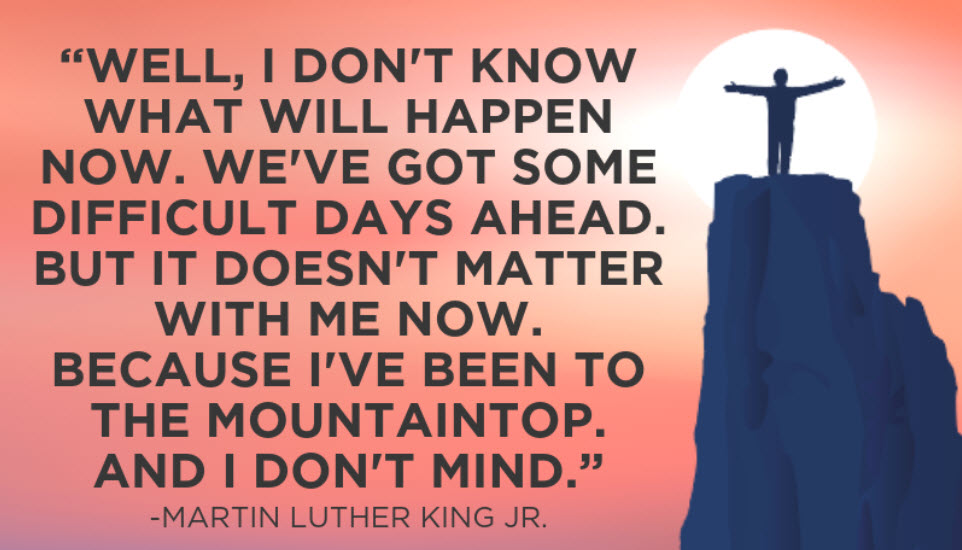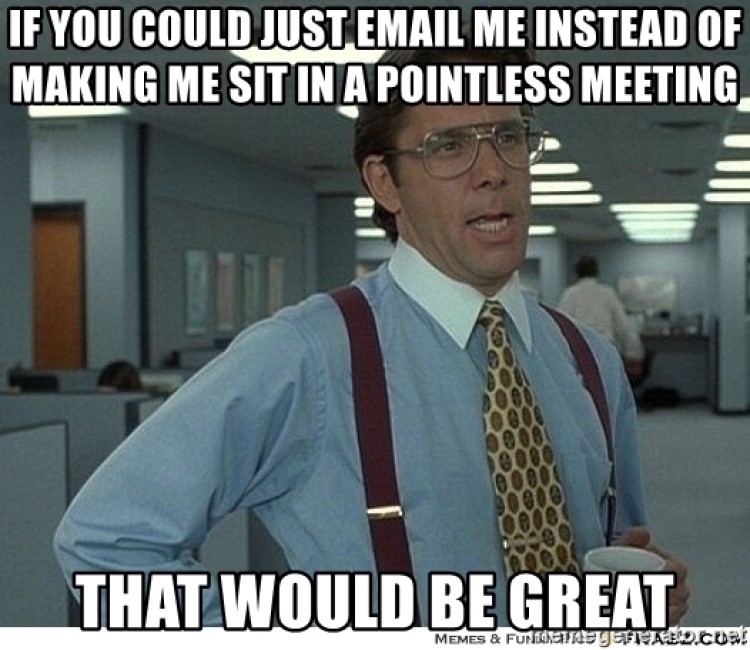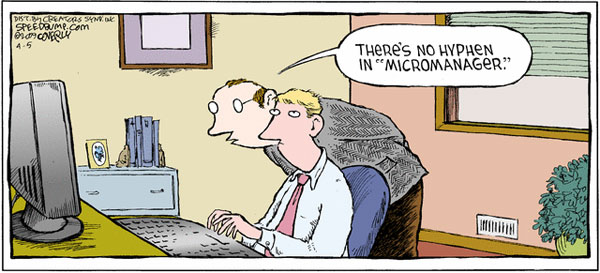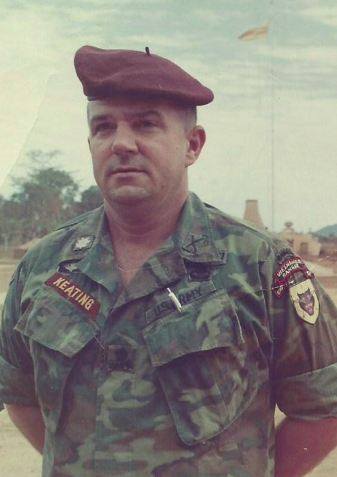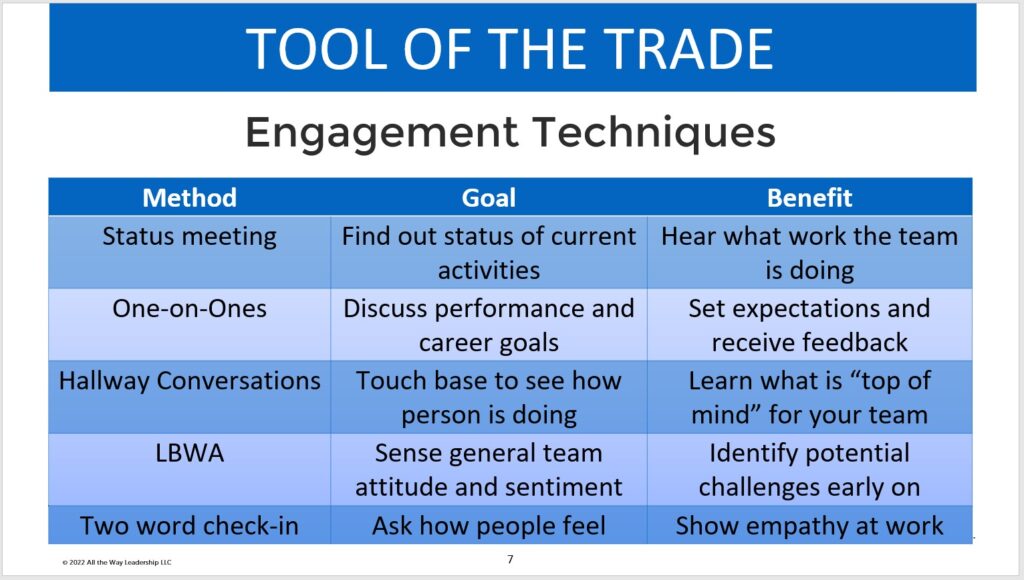This weekend, we honor the fallen by commemorating Memorial Day. It is one of the most important American holidays. Many know someone who paid the ultimate price to keep us free. If you served in the military over the past few decades, you are likely aware of an empty chair at a family table somewhere this weekend. With that thought in mind, I am honoring a hometown hero I knew who sacrificed his life several years ago. Every Memorial Day, I remember Humayun Khan and pray that he will forever rest in peace.
A hero and his family face controversy
A few years ago, there was a lot of talk about Captain Humayun Khan, an American hero. His father’s comments at the 2016 Democratic National Convention created a tidal wave of media coverage. People took sides. The press stirred the pot. Instead of his death bringing Americans together, it divided us even more. I was concerned that the most important part of the story was getting lost in all the noise. So, I will share the details of Captain Khan’s heroic actions.
I knew Humayun Khan when he was a student
He was enrolled in the University of Virginia Army ROTC program while I was an instructor there from 1999 to 2001. I remember Humayun as a fine young man. He was pretty serious, focused on success, and responsive to training. He performed well as an ROTC cadet. To be frank – he did not stand out from his peers. He fit in and showed great leadership potential like all his classmates did when they graduated from UVA and received their commissions. I did not think much about him until years later, when I learned that he was killed in action while serving in Iraq. Like everyone who knew him, I took the news hard. I could only imagine what his family was going through. I can think of no greater challenge in life than losing a child. It must be devastating. My sympathies to the Khan family.
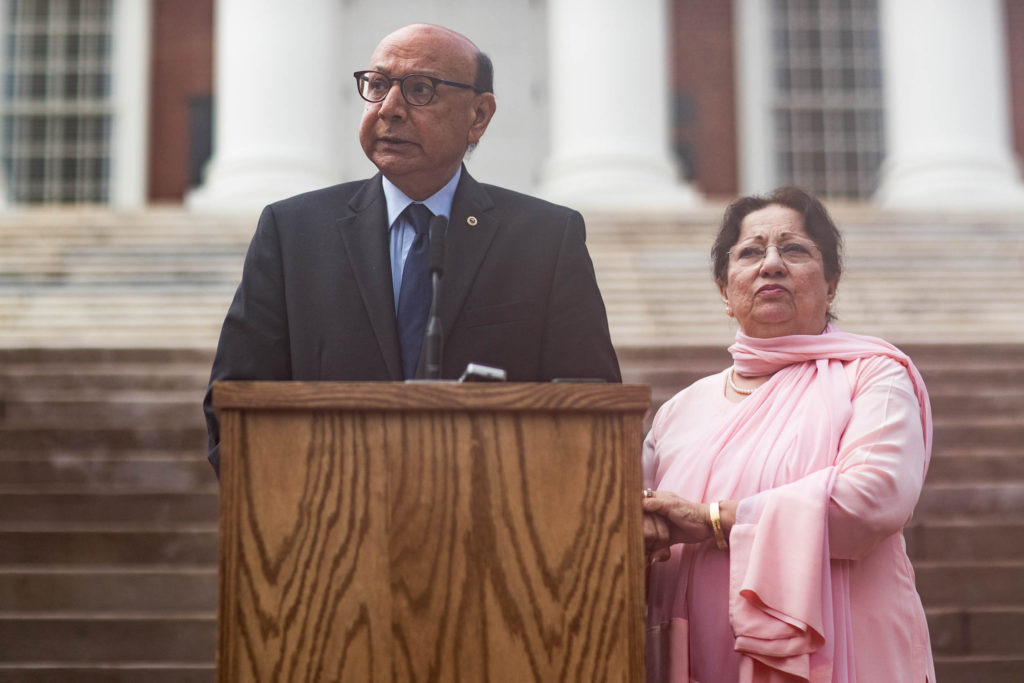
Captain Khan was a brave hero when it mattered most
It is worth discussing Captain Khan’s heroic actions when he made the ultimate sacrifice. Here is a brief description:
On June 8, 2004, Khan was inspecting a guard post when a suspicious taxicab began approaching too quickly. Ordering his subordinates away from the vehicle, Khan ran forward 10–15 steps and was killed by a suicide car bomb fitted with an improvised explosive device. The car detonated before it could reach the gates or the nearby mess hall where hundreds of soldiers were eating breakfast. Khan was also posthumously awarded the Bronze Star Medal and the Purple Heart and is buried at Arlington National Cemetery.
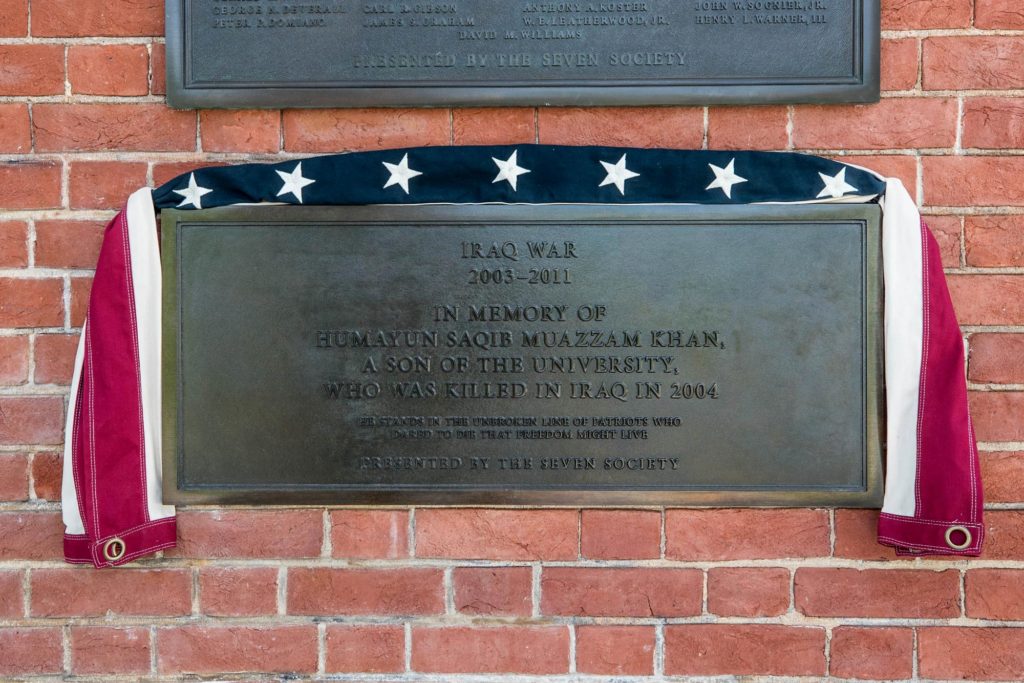
Several years ago, I participated in Veteran’s Day activities at a local elementary school. At that event, I shared the story of Captain Khan with the students. I explained the circumstances of his death and described three reasons why I believe he is a true American hero. It seems appropriate to share them this Memorial Day.
Captain Khan’s actions demonstrate three hero-like qualities
- Captain Khan put others first. He ordered his troops to take cover to be safe while he assessed the situation. He thought about them before he thought about himself.
- Captain Khan possessed the courage to face danger head-on. He did not shy away from it. It is not natural for us to put ourselves in harm’s way. In this case, he saved the lives of many by sacrificing his own.
- Captain Khan built a legacy for others to emulate. His story of courage, bravery, and sacrifice should inspire us to greatness. I want to be better when I think of Khan and his sacrifice. I hope it does the same for you.
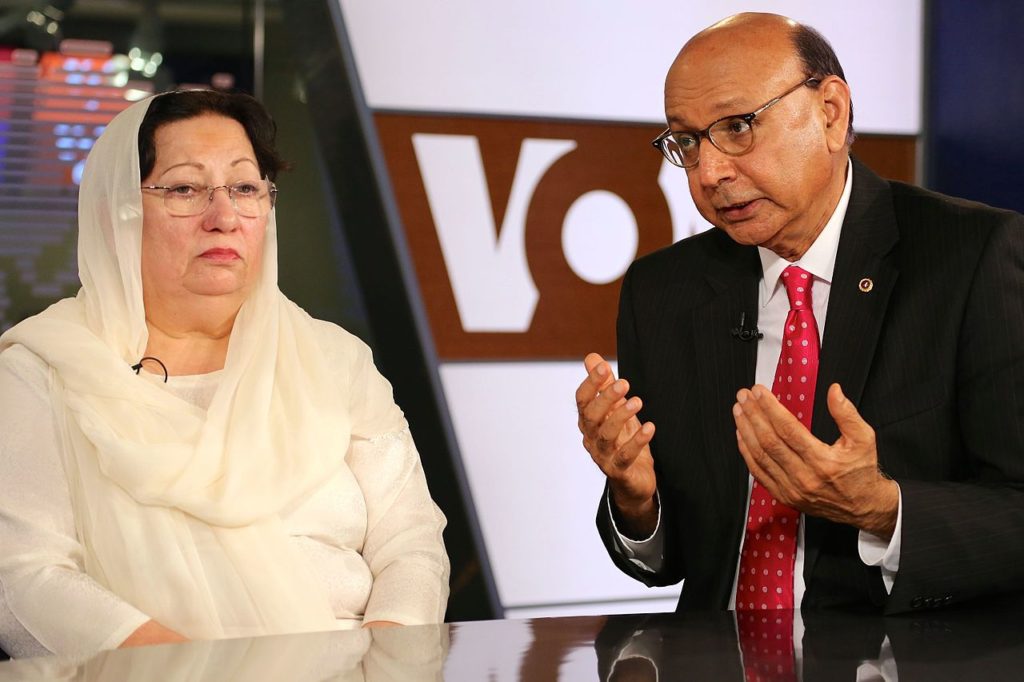
Heroes are real
I do not expect many of us to ever face a similar situation—Lord knows that I hope none of us ever do—but it is reassuring to know that we have heroes like Khan in our midst. Heroes do exist. They don’t wear capes, fly an invisible jet, or come from another planet. Rather, they are everyday people—like you and me. The difference is that they do extraordinary things when called into action.
In a twist of fate, my family used to live in the same house that the Khans owned when their son died. After we moved in, I met his family, and we exchanged letters multiple times. I will share that part of the story at another time. This blog post is about honoring a hero, Captain Humayun Khan, so I will end here.
There is no greater love than to lay down one’s life for one’s friends.
John 15:13




